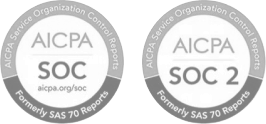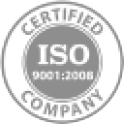HR Gap Analysis
Article Navigation
HR Gap Analysis, also referred to as Human Resource Gap Analysis, is a systematic process that evaluates the current state of an organization’s workforce and compares it against its future talent needs. This analysis helps businesses identify critical skill shortages, talent deficiencies, and organizational capability gaps that may prevent them from achieving their strategic objectives.
By conducting an HR gap analysis, organizations gain actionable insights into:
- Existing employee skill sets
- Required future competencies
- Workforce capacity
- Development priorities
The Process of HR Gap Analysis Includes
- Defining Organizational Goals: Establish clear business objectives and determine what workforce capabilities are needed to achieve these goals.
- Identifying Workforce Needs: Outline the hard and soft skills, experience levels, and expertise required for each role to support organizational targets.
- Assessing Current Workforce: Evaluate the existing skills, qualifications, and performance of current employees through methods such as performance reviews, manager assessments, employee surveys, and competency mapping.
- Identifying Skill Gaps: Compare the current workforce inventory against future requirements to pinpoint gaps in skills, knowledge, or headcount.
- Developing an Action Plan: Create targeted solutions, which may include:
- Upskilling and reskilling existing employees
- Strategic recruitment to fill talent shortages
- Workforce restructuring or redeployment
- Succession planning and leadership development
Why HR Gap Analysis Matters:
HR gap analysis allows businesses to plan proactively for growth, align talent strategies with evolving business needs, and avoid future skill shortages. It also enables organizations to make data-driven decisions that optimize workforce investments and promote operational resilience.
Key Benefits of Human Resource Gap Analysis
- Forecasts future hiring needs accurately
- Strengthens leadership pipelines and succession plans
- Optimizes internal mobility and cross-training opportunities
- Reduces costly turnover through proactive talent management
- Increases business agility by ensuring the right skills are available at the right time































 Back
Back